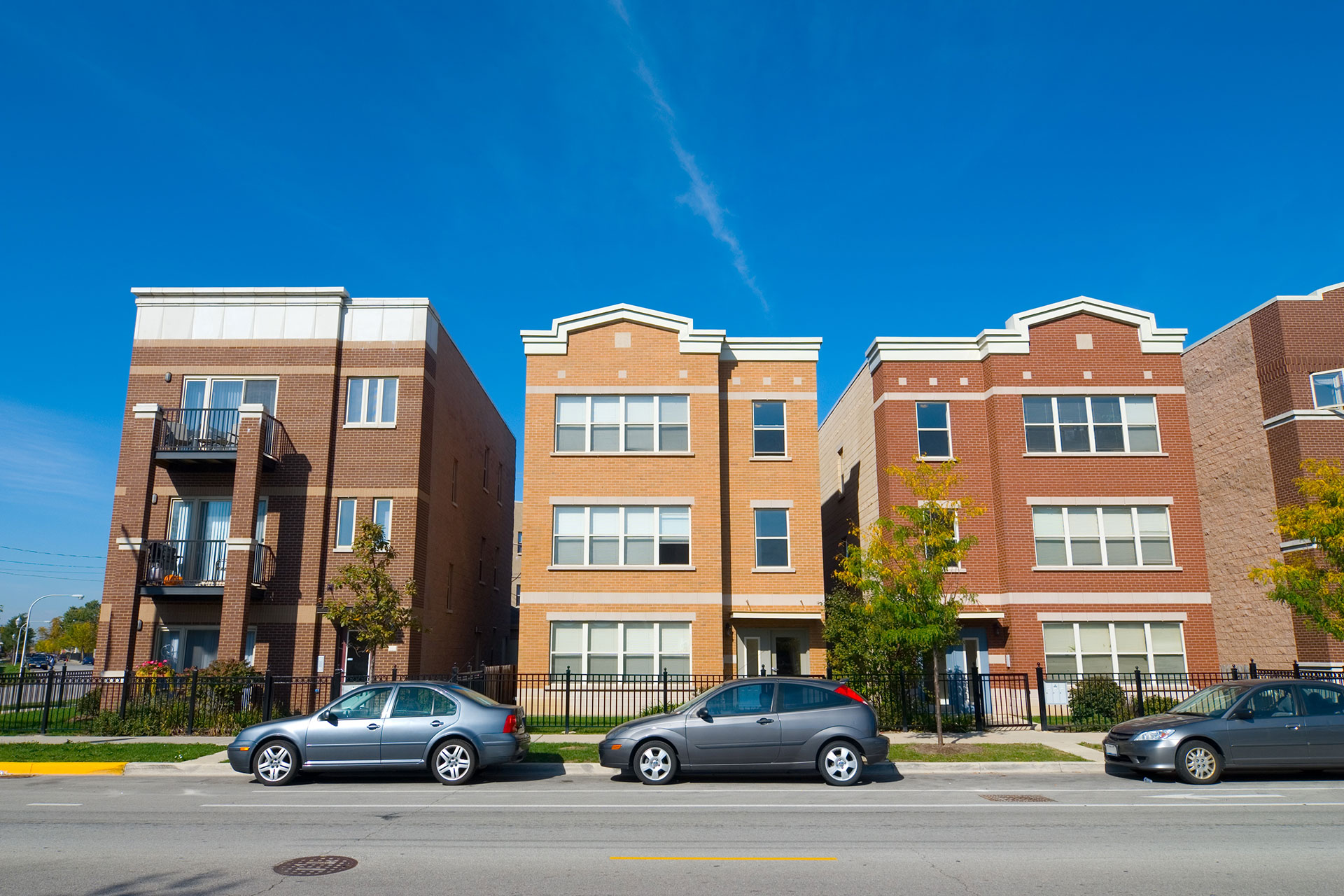LIHTC affordability requirement expirations and their implications on the supply of guaranteed affordable housing


The Low-Income Housing Tax Credit (LIHTC) is the nation’s largest source of federal funding for the development of affordable rental housing. Based on estimates from the National Housing Preservation Database (NHPD), LIHTC has provided federal tax credits for over 2.8 million rental units since program implementation. In exchange for these credits, owners agree to rent restrictions intended to ensure units are affordable for low-income residents. Generally, these restrictions last for 30 years, barring state extensions, after which owners can convert the units to market rate housing. Many LIHTC properties are reaching the end of their rent-restriction periods. Because of this, a growing number of units will no longer be subject to LIHTC affordability requirements. Where market rates are higher than restricted rents, low-income residents could face increased rents that price them out of their units and limit their access to stable housing.
Issues related to the aging LIHTC program align with the Federal Reserve’s dual mandate to promote maximum employment and price stability. Employers throughout the nation have described how rising housing costs have affected their ability to attract workers. Meanwhile, residents and employees are navigating the impacts of rising rents on the availability and affordability of housing. The Chicago Fed has heard similar feedback in its discussions with communities. Throughout the Seventh District, which includes Iowa and the majorities of Illinois, Indiana, Michigan, and Wisconsin, LIHTC units are losing affordability restrictions today and in the future.
The Tax Reform Act of 1986 established the LIHTC program. Later changes to federal law extended affordability requirements to a minimum of 30 years for properties receiving tax credits in 1990 or after. Over 2.8 million units developed through the LIHTC program demonstrate the importance of its role in the U.S. housing market. Since the 1990s, LIHTC units have accounted for 3-5% of all new housing units and about 25% of new multifamily developments nationwide.
Figure 1 shows the number of units placed into service under new LIHTC subsidies each year. On average, about 86,000 rent-restricted LIHTC units have been placed into service annually since 1990. Using the NHPD, we calculate the sum of rent-restricted units placed into service each year for all LIHTC subsidies.
The trendline in Figure 1shows that the rate of LIHTC additions increases substantially at the beginning of the program and steadies as the program ages. While new LIHTC units enter the affordable housing stock each year, some exit their affordability requirements. These exits can occur when units reach the scheduled end of their rent-restriction periods; however, exits can also occur through foreclosure, natural disaster, or through use of Qualified Contract (QC) provisions, as discussed below.
Despite exits, the LIHTC-covered housing stock has continued to increase since the program’s inception. As of December 2023, roughly 2.46 million units are actively subject to LIHTC rent restrictions intended to ensure affordability. This equates to about 1.7% of the national housing stock.
The prevalence of rent-restricted LIHTC units varies by state, as shown in the table below. Rent-restricted LIHTC units represent a lower share of the total housing stock in Seventh District states compared to the national average.
Table 1: Active Units as a Percentage of Housing Stock by 7th District State
| State | Active Units | % of Housing Stock | Active Projects |
| IA | 20,870 | 1.44% | 472 |
| IL | 67,197 | 1.23% | 787 |
| IN | 47,193 | 1.57% | 632 |
| MI | 67,793 | 1.46% | 990 |
| WI | 22,893 | 0.82% | 797 |
| National | 2,468,331 | 1.70% | 33,311 |
Before 2020, when rent restrictions on the first properties placed into service in 1990 faced scheduled expirations, buildings would lose rent restrictions only due to early exits. With the 30th anniversary of LIHTC in the past, large numbers of units are set to lose their rent restrictions by aging out of the program. From 2024-2035, 845,000 units are scheduled to lose affordability requirements, far exceeding the total number of units that have exited the program early, as shown in Figure 2.
Recently, the large number of LIHTC-covered housing units approaching the end of their required rent restrictions have caused concern. One-third of homes with active LIHTC subsidies are scheduled to lose their rent restrictions between 2024 and 2035. Figure 3 shows the coming wave of expirations by year, with exits increasing yearly before leveling out.
Estimates of expirations do not account for early exits, such as those through QCs, and possibly undercount the true number of exits in a given year. The QC process allows owners to request release from rent restrictions after year 15 through an attempted sale of the property at a formulaic price. If there is no qualified buyer within one year, the owner is then free from LIHTC rent restrictions and may convert the property to market rents.
The National Coalition of State Housing Agencies (NCSHA) estimates that roughly 10,000 units per year nationwide are exiting their rent restrictions through QCs. Many housing finance agencies (HFAs), including all HFAs in the Seventh District, have begun requiring that new LIHTC applicants waive their rights to QCs.
Figure 4 displays the number of rent-restricted units whose rent limits expired earlier than expected, as of December 2023. The figure divides the 30-year rent-restriction period into two 15-year periods:
The figure below depicts LIHTC units that no longer have rent restrictions as of December 2023 even though they have yet to reach their scheduled end dates.
Figure 4 places LIHTC units into one of three bins according to whether, as of December 2023, they are:
By showing the number of units listed as active or inactive (i.e., under rent restrictions or not) we can see that LIHTC units face greater risk of leaving their rent restrictions during the extended use period. This finding is consistent with QCs playing a significant role in early exits. As shown in Figure 3, many units may reach scheduled expiration and become inactive; however, these calculations suggest that many of these units might become inactive before their anticipated expirations.
When a unit exits LIHTC rent restrictions, it does not necessarily lose its affordability. A 2022 report by Freddie Mac explored whether LIHTC units that left the program remained affordable in their markets. The report outlines several factors that influence whether a unit maintains affordability upon LIHTC exit. These factors include property age, geography, market rents, and ownership type.
As concerns about the shortage of affordable housing grow, some researchers have focused on the risk that hundreds of thousands of LIHTC units may lose their affordability when rent restrictions expire. We use NHPD data to show that it is reasonable to expect an unprecedented wave of expiring rent restrictions for LIHTC properties over the next decade. Ultimately, whether these scheduled expirations will decrease the long-term supply of affordable housing depends on the extent to which rent restrictions will lapse in areas where market rents are increasing or higher than those for LIHTC units. The preservation of affordable housing will require continued monitoring of areas where rent restrictions are most likely to cause affordability losses.

In 2014, after a string of violent incidents with guns hit Rainier Beach, WA, parents were scared to have their...

John Lyons of J Lyons Fund Management, Inc. | Interactive Brokers in Deerfield, Ill., was named the recipient of the 2025...

When debt feels overwhelming, it’s tempting to look at your 401(k) balance and think, “I could wipe this all away...